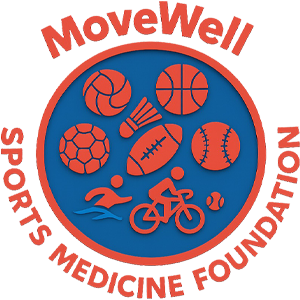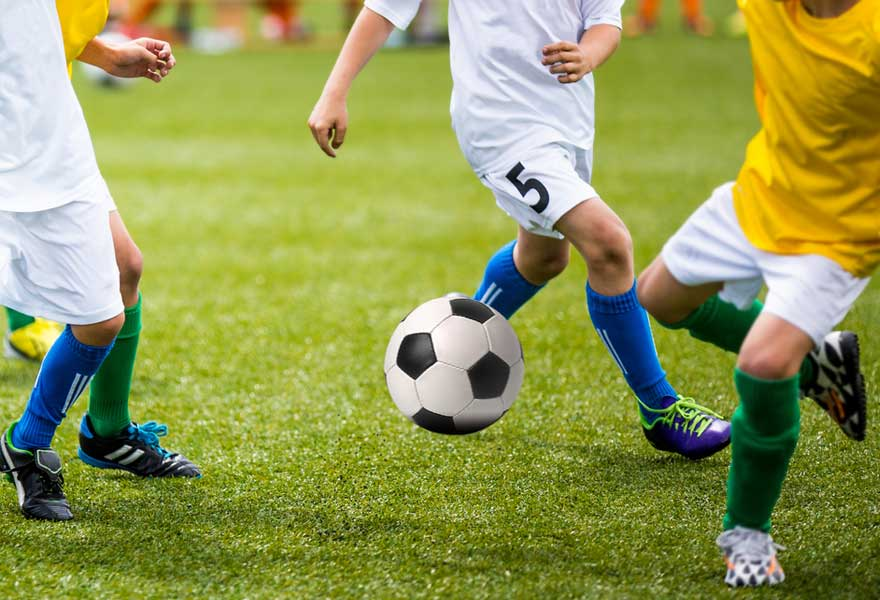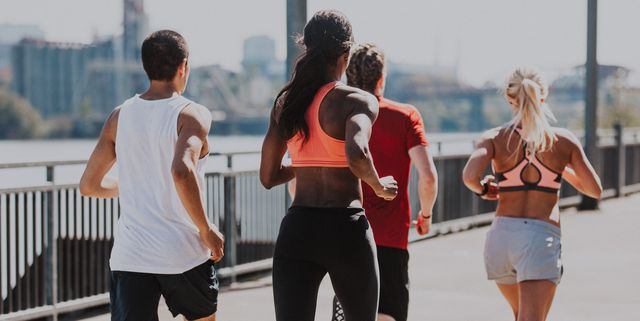Soccer demands far more than technical skill and physical prowess—it requires comprehensive knowledge of the sport's intricacies and a disciplined approach to self-preservation.
1. Understanding the Game Safely
Know the Rules: Familiarize yourself with FIFA’s Laws of the Game to avoid unnecessary fouls or risky play.
Respect Referees and Opponents: Avoid aggressive behavior that could escalate into injury or conflict.
Fair Play: Clean tackles and disciplined conduct reduce both injury risks and penalties.
2. Physical Preparation and Injury Prevention
Warm-Up & Stretching: Always perform dynamic stretches and light jogging before play to prepare muscles.
Strength & Conditioning: Core and lower-body strength training supports stability and reduces strains.
Hydration & Nutrition: Proper fueling before, during, and after games maintains endurance and recovery.
Protective Gear: Use shin guards, proper footwear, and—when needed—ankle supports.
3. On-Field Self-Protection
Body Positioning: Learn how to shield the ball and absorb contact without overextending limbs.
Awareness: Keep your head up to avoid collisions with players, goalposts, or referees.
Controlled Tackling: Enter challenges with balance; reckless tackles often injure both players.
Safe Heading Technique: Use the forehead, keep neck muscles firm, and avoid heading in youth play (where regulations apply).
4. Mental & Emotional Wellbeing
Manage Stress: Competitive play can create pressure—practice breathing, visualization, and focus techniques.
Confidence without Recklessness: Overconfidence can lead to risky moves that invite injury.
Team Communication: Clear calls for passes, space, or ball avoidance reduce misunderstandings that cause accidents.
5. Recovery and Long-Term Protection
Rest & Sleep: Adequate recovery is essential for injury prevention and performance.
Recognize Injuries Early: Don’t “play through pain.” Seek medical attention for sprains, concussions, or persistent discomfort.
Rehabilitation Discipline: Follow physio instructions fully before returning to play.
Balanced Payload: Avoid overtraining or too many back-to-back matches.
6. Emergency Knowledge
First Aid Basics: Know how to apply R.I.C.E. (Rest, Ice, Compression, Elevation) for minor injuries.
Concussion Awareness: Recognize signs like dizziness, confusion, or headache—remove the player immediately.
CPR & AED Familiarity: Players, coaches, and staff should know where emergency equipment is and how to use it.
Protecting yourself in soccer isn’t just about avoiding injury—it’s about long-term health, career longevity, and consistent performance. Knowledge, discipline, and preparation are the strongest shields a player can have.




